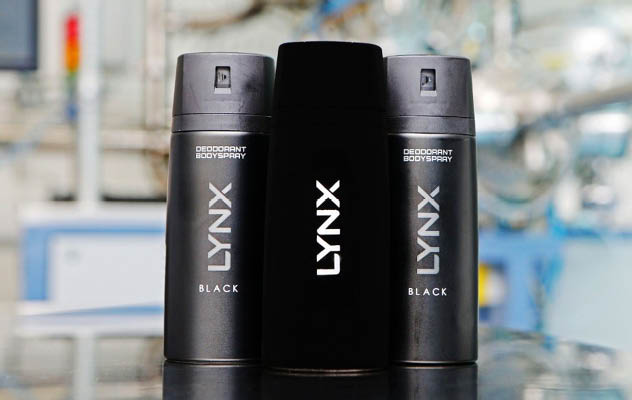If you are looking to hide those dents in your surface finish, Vantablack makes three dimensional objects look two dimensional – the ultimate way to hide those surface imperfections!
What is Vantablack?
Described as the “closest thing to a black hole we'll ever see”, Vantablack is a surface finish developed by Surrey NanoSystems, absorbing 99.8% of light in the visible spectrum.
This video shows Vantablack makes a 3D sphere disappear in front of your eyes, when it is moved in front of a 2D Vantablock covered sheet.
The Vantablack finish is being developed as a multi material surface cover but there will be some limitations due the way in which it is applied. To find out more about the application process, this video gives a behind the scenes tour of when Vantablack was used to give a Lynx Black, it’s most truly black surface finish.

Image credit - Surrey NanoSystems
Take a look at this video to see Lynx Black in action!
How does it work?
“Vantablack is not a black paint, pigment or fabric, but is instead a functionalised ‘forest’ of millions upon millions of incredibly small tubes made of carbon, or carbon nanotubes….
Light energy striking the Vantablack surface enters the space between the nanotubes and is rapidly absorbed as it ‘bounces’ from tube to tube and simply cannot escape as the tubes are so long in relation to their diameter and the space between them. The near total lack of reflectance creates an almost perfect black surface.
To understand this effect, try to visualise walking through a forest in which the trees are around three kilometers tall instead of the usual 10 to 20 metres. It’s easy to imagine just how little light, if any, would reach you.” - Surrey NanoSystems.
If you are looking for a student friendly explanation of the science behind the covering, this video is really useful.
Vantablack has also caused excitement in the art world with the announcement that the sculptor and artist, Anish Kapoor (designer of the Orbit Tower, installed at the Queen Elizabeth II Park, London), has exclusive rights to use Vantablack for the purposes of art.
So, what’s next for Vantablack?
You have a surface finish that absorbs visible light and makes and 3D objects look 2D…
Design challenge! What would you do with it?
Let us know what your students come up with, either in the comments section below or by tweeting us @STEMLearningUK.
